My next destination lies in the Central Valley of California, just 124 miles west of Truckee. Its attraction to me is the opportunity to continue my gliding (soaring) instruction at Williams Soaring.

Mural depicting the historic Williams Hotel, established 1877, burned down in 1923.

Williams is a small agricultural town of about 5,250 people southwest of historic Colusa. When I pulled into the motel where I will reside while I fly, a vintage Ford Model A on tour with its owners caught my eye.

My dad owned one of these in the ‘Day’. They were produced from 1928 to 1931.
Williams Soaring uses a German glider, the Schleicher ASK21 as their primary trainer for beginning students. With a 56 foot wingspan and a 34:1 glide ratio, it is a high performance, but very stable glider.
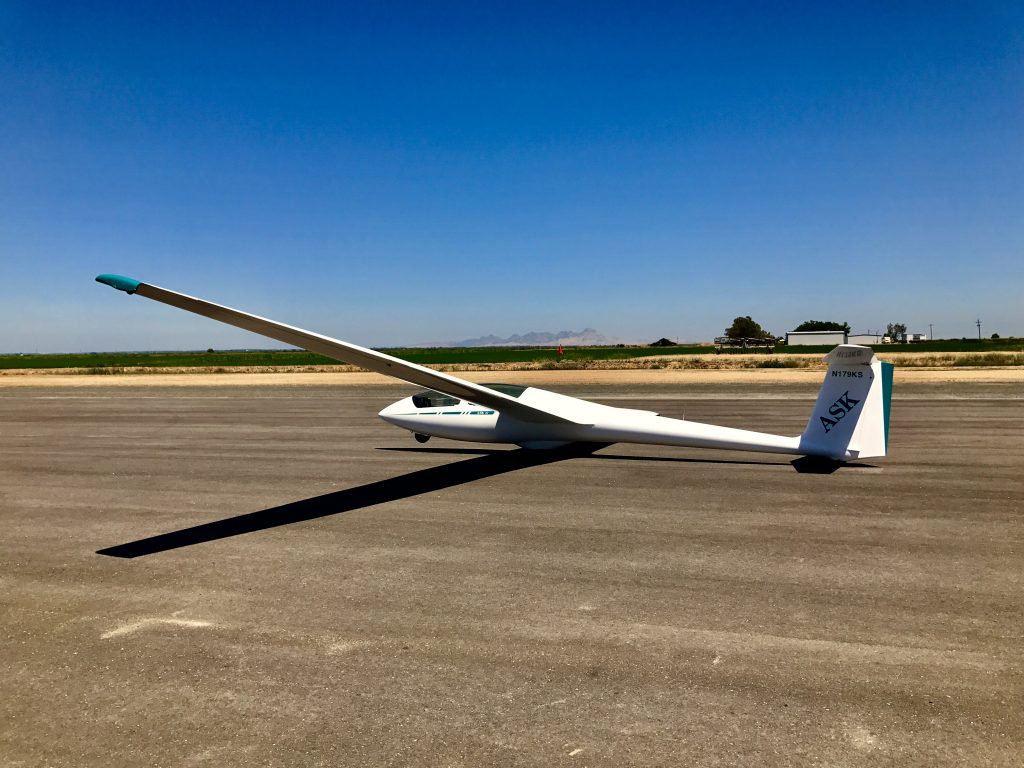
Introduced more than 30 years ago, it must have been ahead of its time. Though stable enough to be a good trainer, it is rated for aerobatics. If you know how, you could do loops, rolls and inverted flight in the ASK21. These days, smaller, shorter wingspan gliders such as the Fox are the aerobatic gliders of choice.
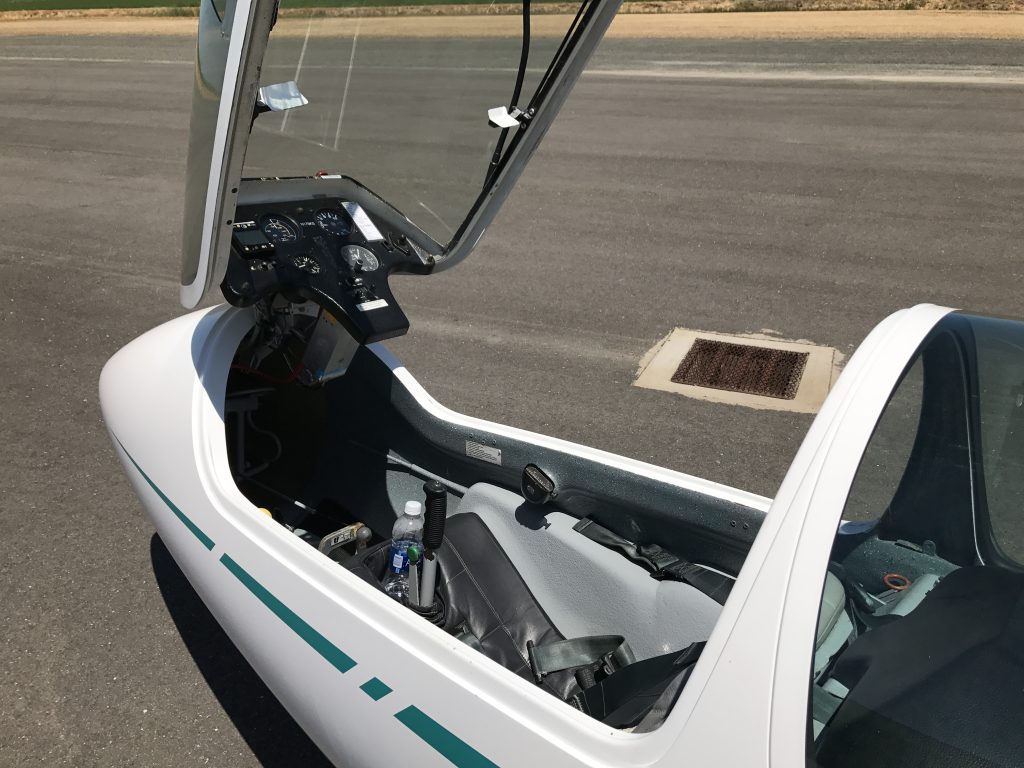
I liked the looks and specs of this glider, and my first flight confirmed this. It is a pleasure to fly, comfortable, smooth, quiet and stable. My nine flight days here should be productive and fun.
For more advanced aerobatics, there is a MDM-1 Fox. It has shorter wings, and is quicker (and hence less stable), and is very strong so it can withstand strong g-forces.

Here, Ben Mays, my flight instructor, prepares to take up a passenger for an extreme aerobatics demo ride in the ASK21. For aerobatics, both must wear a parachute. The ASK21 can do many, but not all, aerobatic maneuvers.

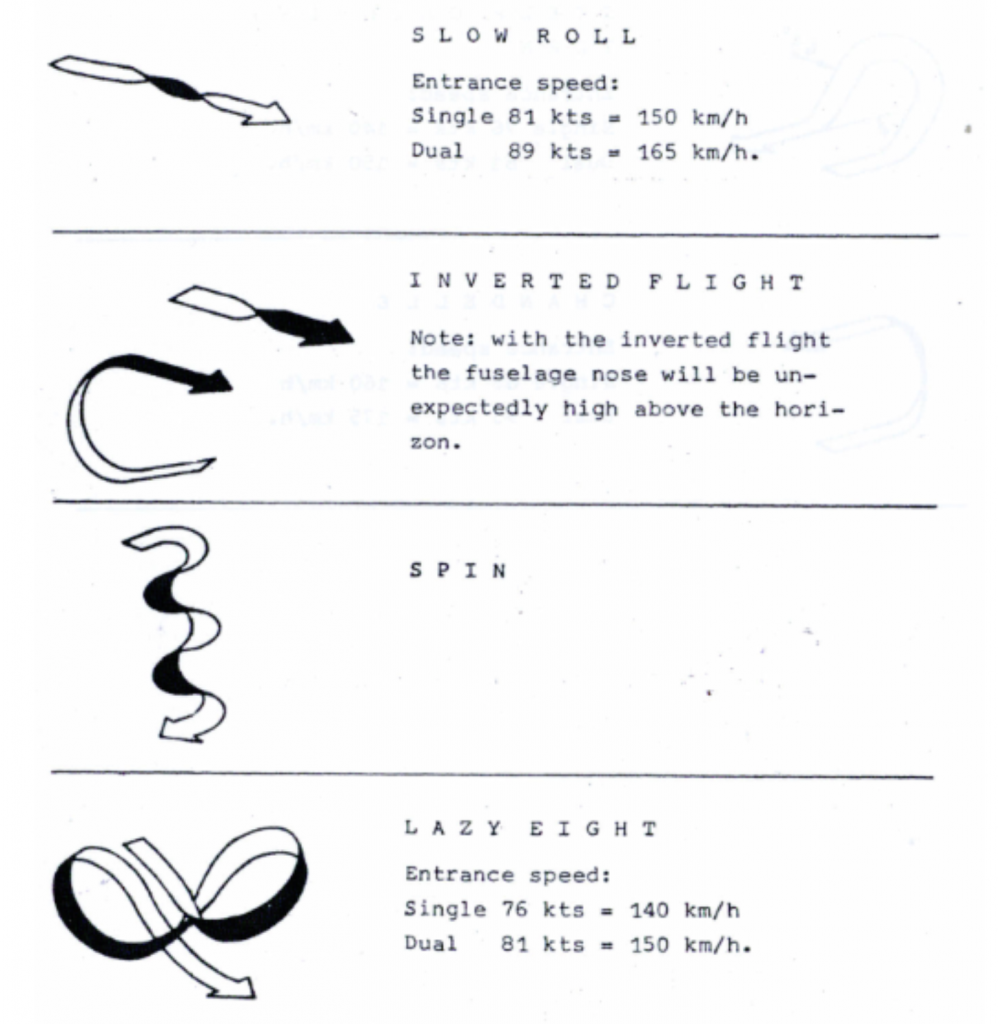
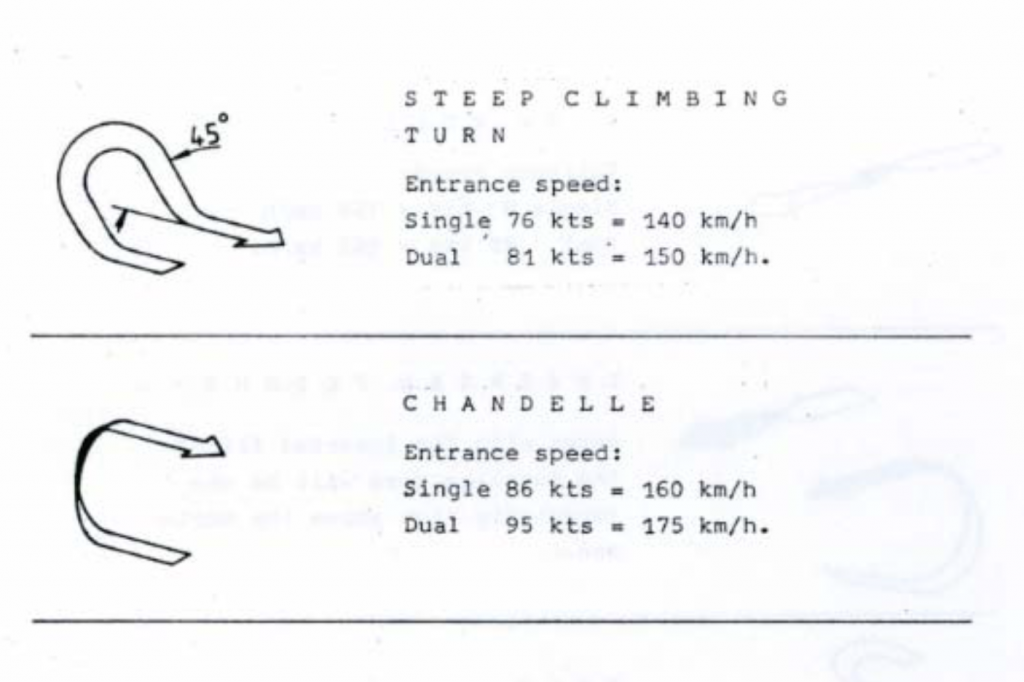
ASK21 Aerobatics from Mel Malinowski on Vimeo.
Remember: there is no motor. You must plan all this so you can make it back to the airport and land.
A few videos for those interested in how gliding works:
Launching a glider by aerotow from Mel Malinowski on Vimeo.
Circling a glider from Mel Malinowski on Vimeo.
Landing a glider from Mel Malinowski on Vimeo.
On July 7th, I was approved to fly by myself (solo) for the first time. This is a big (personal) deal, as especially in a glider, with no motor, you have just one chance to plan and land. Blow it, and you may wreck the glider and die. For the owners of the sailport, they are risking a $40,000 glider in your care. It is not an approval given lightly.
Just before lunch, I set out in an ASK23 (single seat rather than dual) glider for my first solo flight. As recommended, I towed high, to 5,000 feet, so I’d have time to get used to this glider I had never flown before.
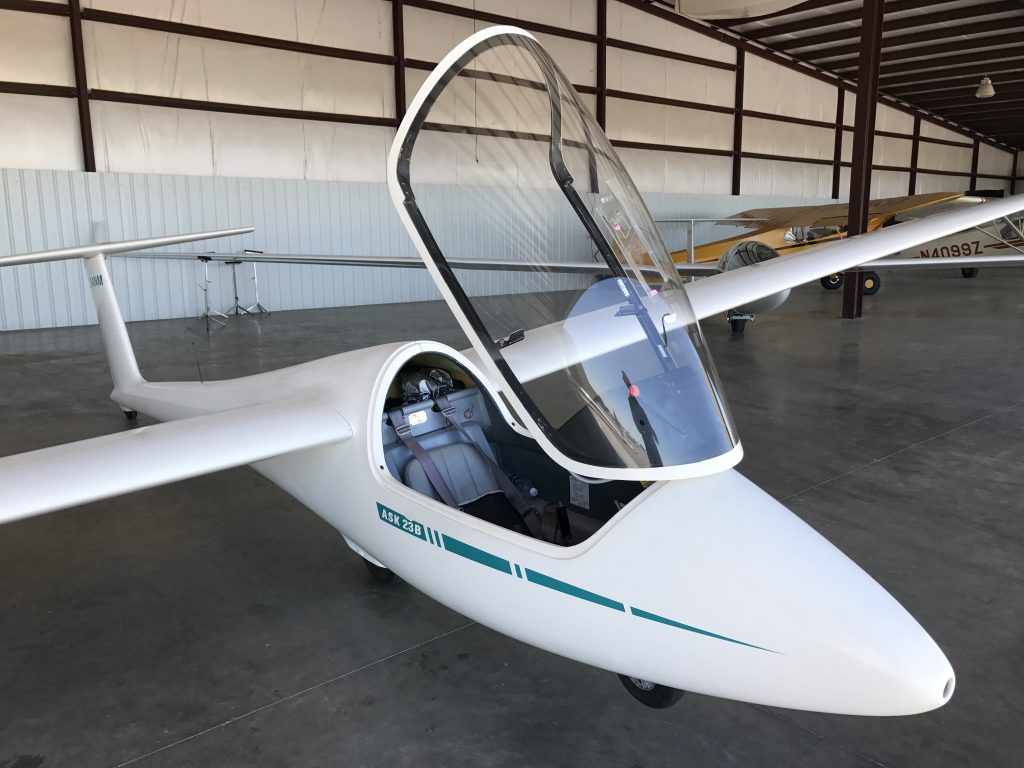
What a thrill to be up there by myself! It was beautiful. I had time to enjoy the view of the Sutter Buttes to the east, the only volcanic peaks within the Central Valley of California:
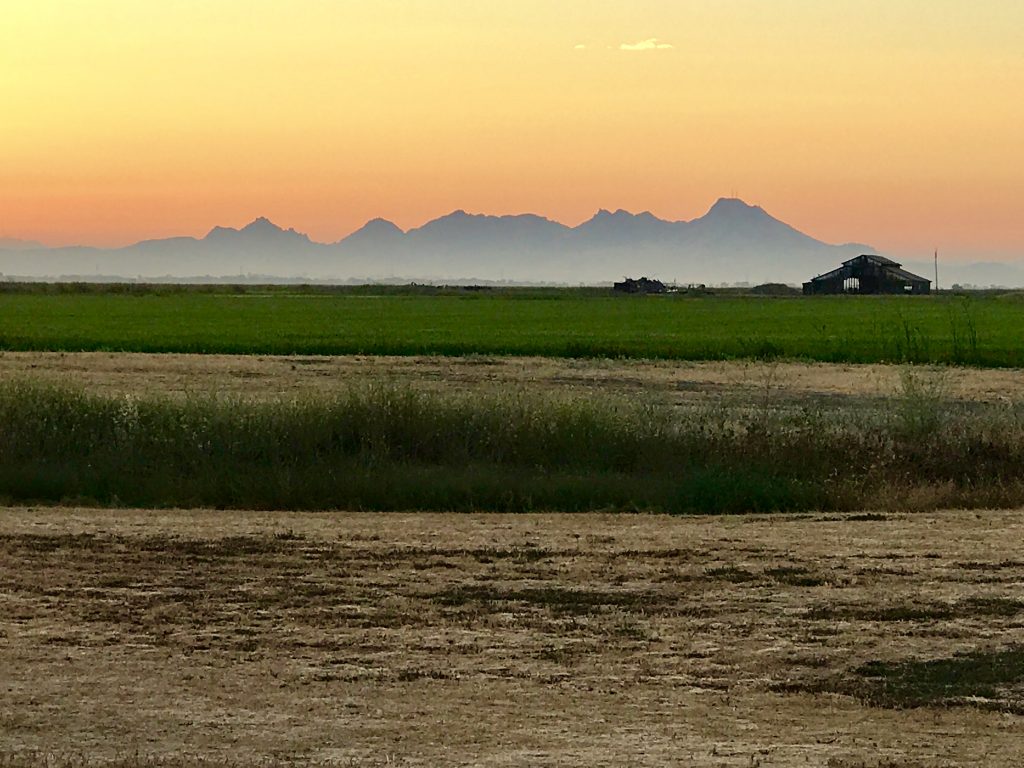
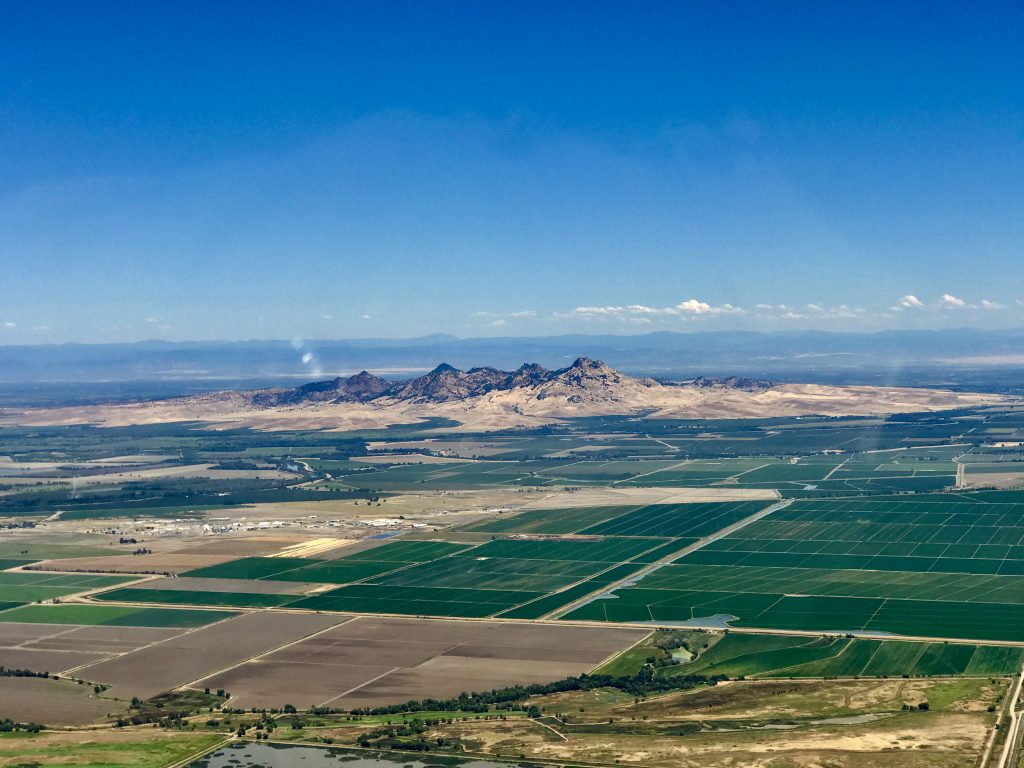
Now, I had to plan my approach correctly and land. Is this hard? Yes and no. With experience, it seems routine. But the stakes are very high. Once you are up in the air, alone, you just get one chance each flight to do this right.
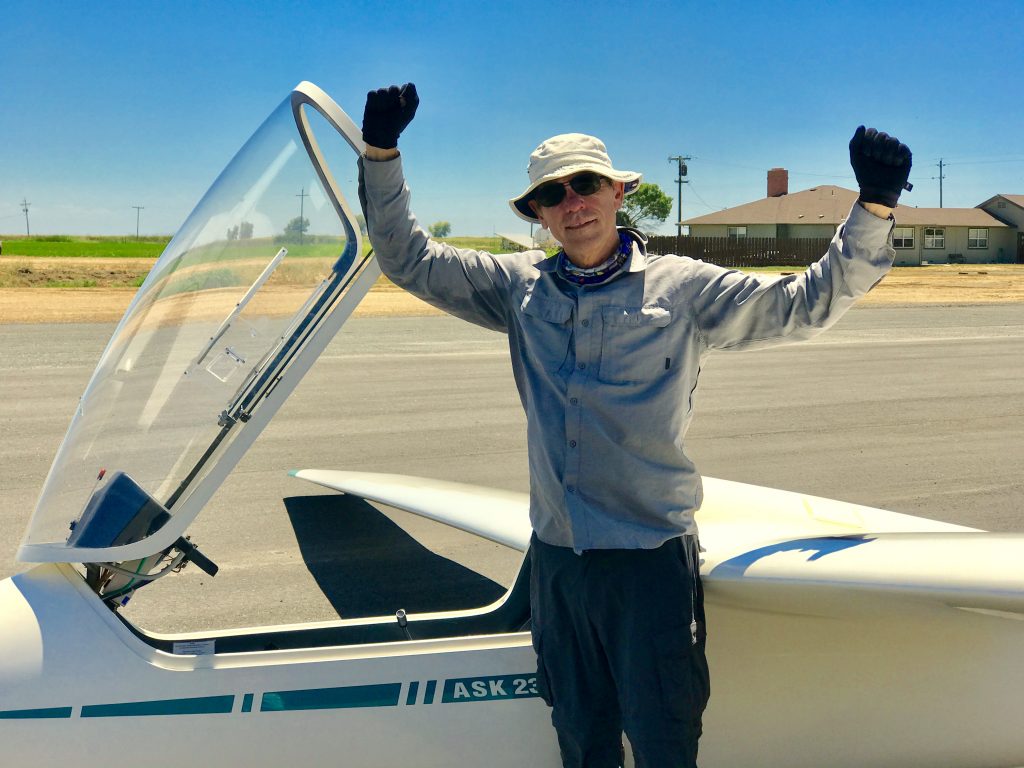
My landing was not perfect, but good. Hooray! One more step. Now, I focus on improving my piloting skills.
[vc_row][vc_column][vc_masonry_media_grid grid_id=”vc_gid:1499475310233-42517dfc-9beb-10″ include=”6572,6573,6567,6574,6575,6576″][/vc_column][/vc_row]
Having completed another step (10 solo flights), it is time for me to move on.
(Note: in early September 2017 I returned briefly to qualify for and take my FAA test ride. On September 15th, I succeeded, and now have my permanent Glider Pilot’s License)
Special thanks to Ben Mayes and Rex Mayes (and Mal) of Williams Soaring.

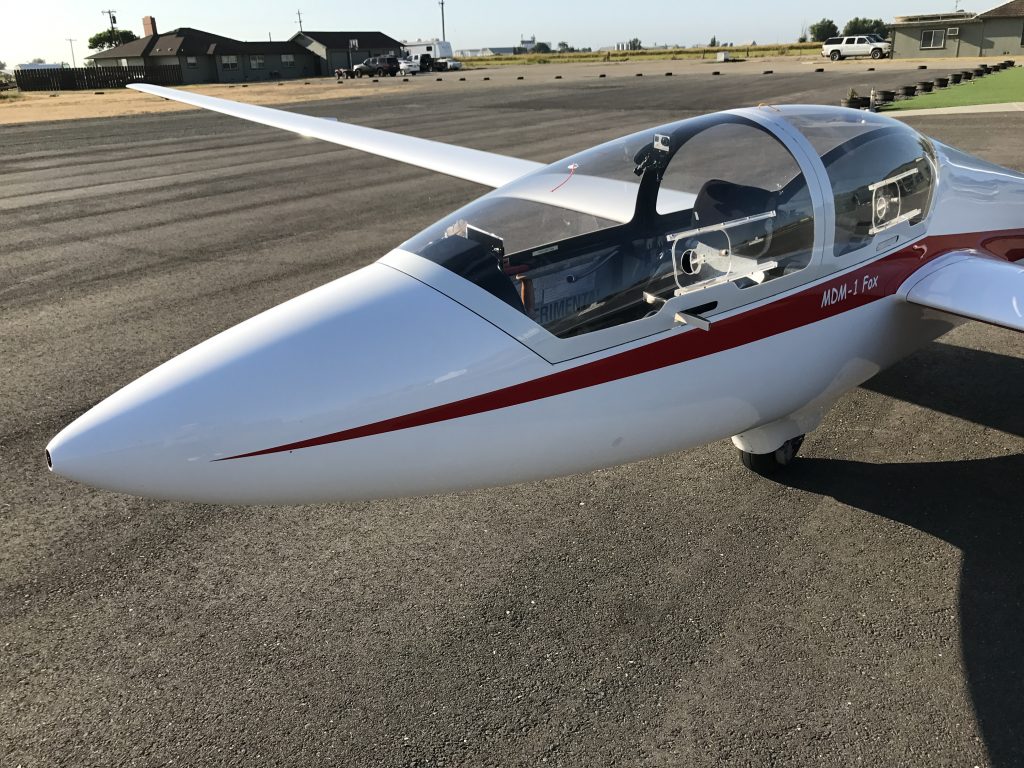
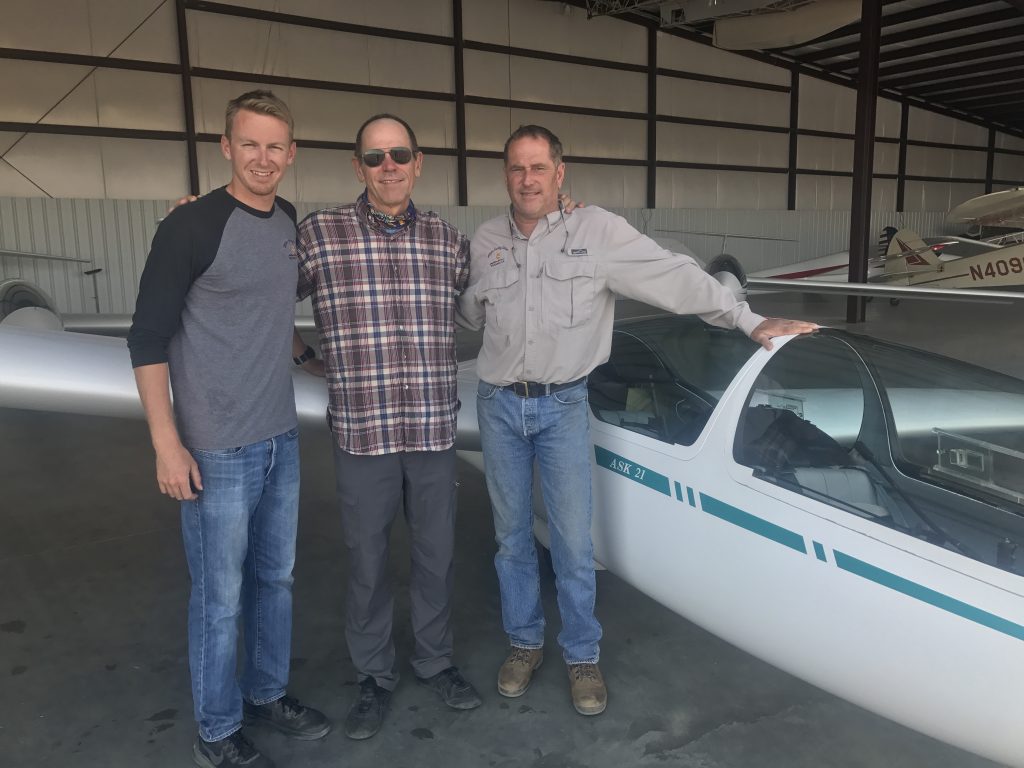
Leave a Reply
You must be logged in to post a comment.